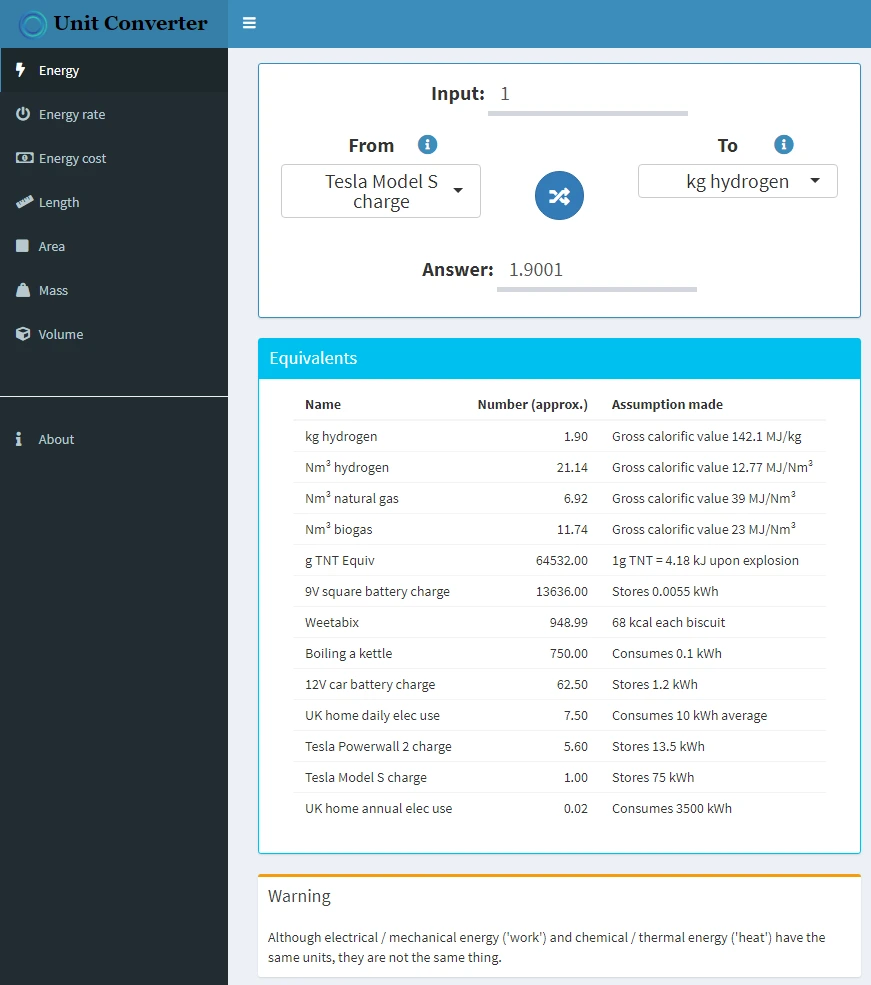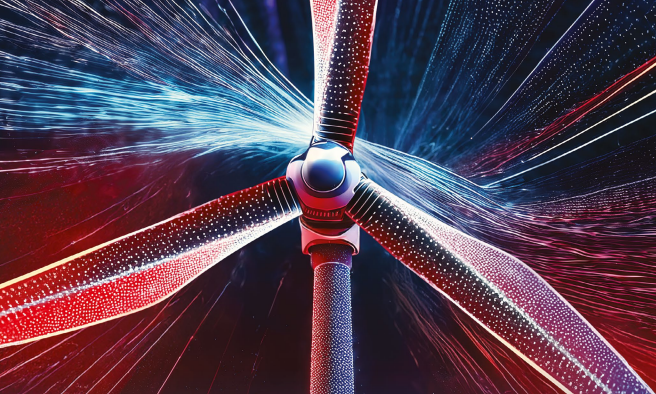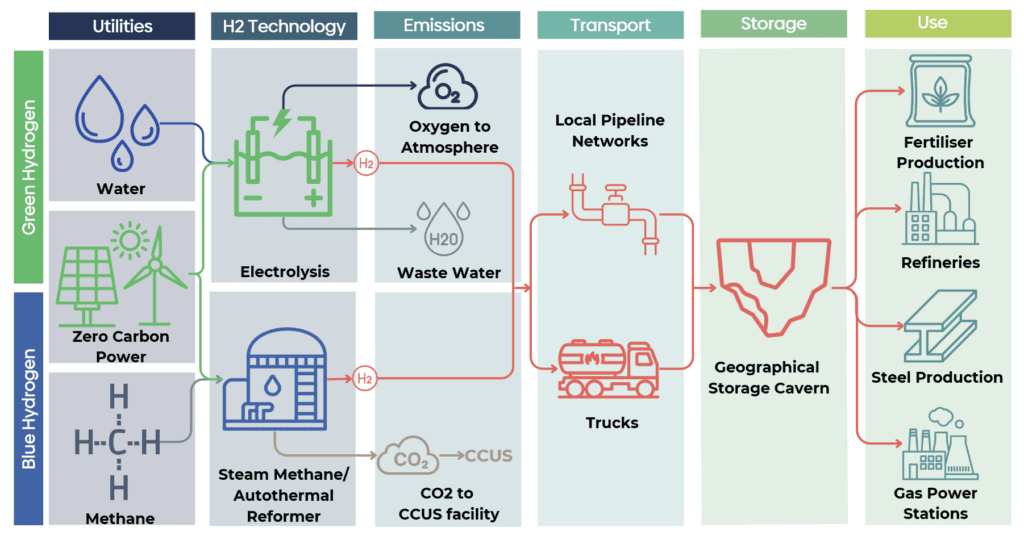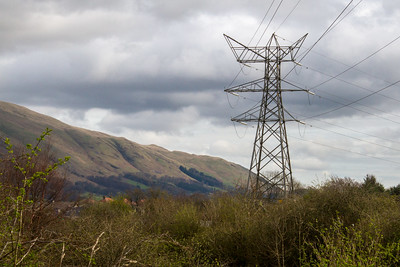We’ve had some interesting discussions recently as a result of getting tangled up with energy / engineering units commonly used by different parts of the industry – and we’ve developed an interactive app to make our lives a bit easier, by getting to answers more quickly and consistently, and allowing new comparisons to be drawn in a way that didn’t come naturally with more cumbersome traditional converters.
As part of our mission to make this kind of thing more accessible – particularly to non-technical specialists – we’ve hosted our demo prototype app on our website and made it free to use.
More details below.
Foundations
As far as I can remember, my first ever lecture – in week 1 of Year 1 of my uni course – was on the correct use of units. I can’t remember any of the details (probably involved lots of Pascal / N/m2, and Kelvin etc) and I’ve since recycled all my uni notes – but it did leave an impression that ‘getting units right’ is the foundation to ‘getting the numbers right’, and that this warranted the spot as the foundation lecture.
I’d never paid too much attention to where a lot of our common units came from, but heard recently on a radio programme that Laplace – in addition to his other endeavours – was instrumental in developing the metric system in response to there being at that time in France a dazzling array of regional / local units in common usage. I didn’t realise the metric system was that old!
Standardisation of systems of units – and conversions between those different systems of units – have been in use for a long time, but have tended to be the static table type that requires a calculator or spreadsheet to use. More recent computing techniques now allow comparisons of units and measurements to be made in much more visual terms – and for those interested in a visual comparison of the scale of all things big and small, we came across this cool Scale of the Universe app – recommend check it out.
One of the foundation principles of considering energy units – based on the second law of thermodynamics – is that mechanical / electrical energy (‘work’) and chemical / gas energy (‘heat’) are not equivalent, and are not directly interchangeable in real life:
- Work can be considered a higher-grade type of energy that is able to harness multiple times the amount of heat from its surroundings through thermodynamic trickery – eg a heat pump consuming 1kW of electrical power will be able to deliver 3kW – 5kW of warm heat (depending on the type of system). Similarly, an electric heater or kettle etc is very efficient in terms of turning work into heat – and will almost completely convert all of the electrical power used into heat.
- Heat on the other hand can be considered a lower-grade type of energy that can only recover a portion of the energy in the feed fuel / heat stream, as a result of a portion of the heat being lost to the surroundings in the exhaust. Eg a gas engine / turbine pump consuming 1MW of gas energy will only be able to deliver around a third to a half of that as mechanical or electrical work (depending on the type of system). However, a modern condensing gas boiler is more efficient as it recovers the additional energy in the exhaust heat – but will still only convert around 90% of the gas energy into useful heat.
Recent Observations
Despite the apparent standardisation of SI and Imperial units, my observation is that different parts of the industry use energy units in many different conventions and combinations with different scale, mass or , and base currencies.
As an example, industry-used units for rate of energy might include:
- W, kW, MW, GW
- BTU/s, BTU/h, mmBTU/h
- horsepower
- kWh/yr, MWh/yr
- Nm3 nat gas/d
- kg H2/d, Nm3 H2/d
With a lot of current work on the possible role of hydrogen – which has a greater or lower energy than natural gas depending on whether the comparison is made on a mass or volumetric basis – and which brings its own industry unit convention – it becomes more important than ever to be able to make these comparisons quickly and consistently.
And industry-used units for cost of energy might include:
- p/kWh
- £/MWh, $/MWh, €/MWh
- $/mmBTU
- p/therm, £/therm
- £/kg H2, £/Nm3 H2
- £/Nm3 natural gas or biogas
In chatting with neighbours recently about the merits + sizing of rooftop solar panels, it struck me that many people struggle with the concept of the kWh as a unit of energy, despite this being the unit used on electricity and gas bills for as far as I can remember, and even kW as a unit for rate of energy (power). kWh is not even a ‘real’ unit (neither SI not Imperial) – it is a kind of derived unit of convenience that has been adopted at some point and stuck.
A New Converter
To remedy possible confusion in some of this rich scenery of units, and to make our working lives a little easier, we have developed the prototype Olwg Unit Converter app that allows us to instantly compare between SI, Imperial, Derived Units, Gas Quantity Equivalents and Relatable Quantity Equivalents.
The focus for building the app is to translate those industry-used units that we find ourselves using on a daily basis in an interactive and flexible way, and to dispense with some of the more arcane units (like ergs, chains etc) often found in textbook conversions. One of the things we’ve done in particular is to build in the energy content, masses and volumes of gases typical encountered in energy transition type work (natural gas, biogas, hydrogen, carbon dioxide) into automatic comparisons. We have found these instantly useful for considering / relating different quantities of energy (or mass, volume etc) to one another.
Remember that work and heat are not the same thing, and so comparison between gas and electrical energy units is hypothetical / ideal, and does not imply any kind of process conversion efficiency.
We’ve made the app free to use, and whilst it is in development still we’d welcome feedback on suggestions for improvement and any bugs uncovered. Site registration is required to access it.

Olwg Unit Converter App





